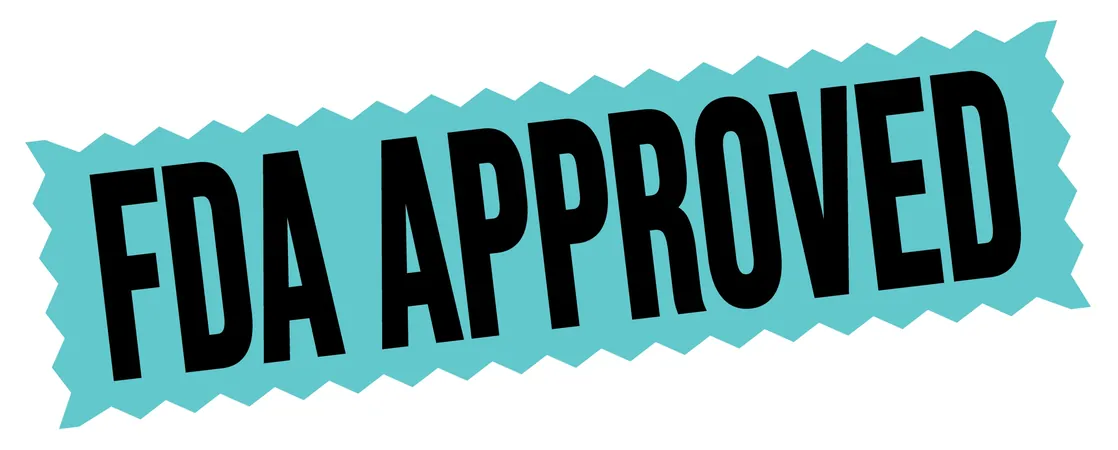
Revealed: How Monocyte-to-HDL-C Ratio Could Predict Gout and Kidney Damage!
2025-04-17
Author: Nur
Groundbreaking Study Links Monocyte-to-HDL-C Ratio to Gout Risk
A groundbreaking cross-sectional study has unveiled a compelling connection between the Monocyte-to-HDL cholesterol (MHR) ratio and the risk of developing gout, as well as the severity of renal dysfunction. This revelation could signal a new era in how we evaluate and manage gout risks!
The Science Behind MHR: A Potential Game-Changer
Research spearheaded by lead investigator Liangyu Mi and colleagues from various esteemed institutions in China indicates that elevated levels of monocytes coupled with reduced HDL-C can greatly heighten systemic inflammation. Notably, MHR has emerged as a potential biomarker for both inflammation and oxidative stress, particularly in relation to hyperuricemia—a key player in gout development.
Diving into the Data: What the Numbers Say
The team analyzed data from the National Health and Nutrition Examination Survey (NHANES), which spanned from 2005 to 2016, looking at 7,247 participants, 373 of whom had been diagnosed with gout. The study found that gout patients had a significantly higher MHR (0.54) compared to their non-gout counterparts (0.47). After adjusting for confounding factors, MHR clearly stood out as a predictor of gout, with each unit increase amplifying the risk by approximately 60%.
Who is Most at Risk? Subgroup Insights
Further analysis revealed alarming trends: men, Mexican Americans, and married individuals, as well as those who were less physically active or had diabetes, showed a pronounced correlation with elevated gout risk in tandem with higher MHR.
The Alarming Link to Kidney Health
Most striking was the association found between MHR and gout patients suffering from renal dysfunction—where the odds surged to a staggering 7.4 times greater risk. Among those in the highest quartile of MHR, the prevalence of gout with renal issues was found to be over 1.7-fold compared to the lowest quartile.
Implications for Gout Management
These findings mark MHR as a crucial biomarker that could improve our approach to assessing and managing gout and its associated complications. With MHR indicating not just disease risk but also potential kidney health deterioration, we might be on the brink of integrating this measure more closely into routine evaluations.
Caution Ahead: Limitations of the Study
Despite these promising findings, the study comes with caution. Its cross-sectional nature means it cannot completely rule out biases, and the small sample size poses a risk to the generalizability of the findings. The researchers stress the need for future prospective cohort studies to validate these results.
As we move forward, considering MHR as a pivotal indicator in gout management could revolutionize how we predict, treat, and prevent this painful condition.



 Brasil (PT)
Brasil (PT)
 Canada (EN)
Canada (EN)
 Chile (ES)
Chile (ES)
 Česko (CS)
Česko (CS)
 대한민국 (KO)
대한민국 (KO)
 España (ES)
España (ES)
 France (FR)
France (FR)
 Hong Kong (EN)
Hong Kong (EN)
 Italia (IT)
Italia (IT)
 日本 (JA)
日本 (JA)
 Magyarország (HU)
Magyarország (HU)
 Norge (NO)
Norge (NO)
 Polska (PL)
Polska (PL)
 Schweiz (DE)
Schweiz (DE)
 Singapore (EN)
Singapore (EN)
 Sverige (SV)
Sverige (SV)
 Suomi (FI)
Suomi (FI)
 Türkiye (TR)
Türkiye (TR)
 الإمارات العربية المتحدة (AR)
الإمارات العربية المتحدة (AR)